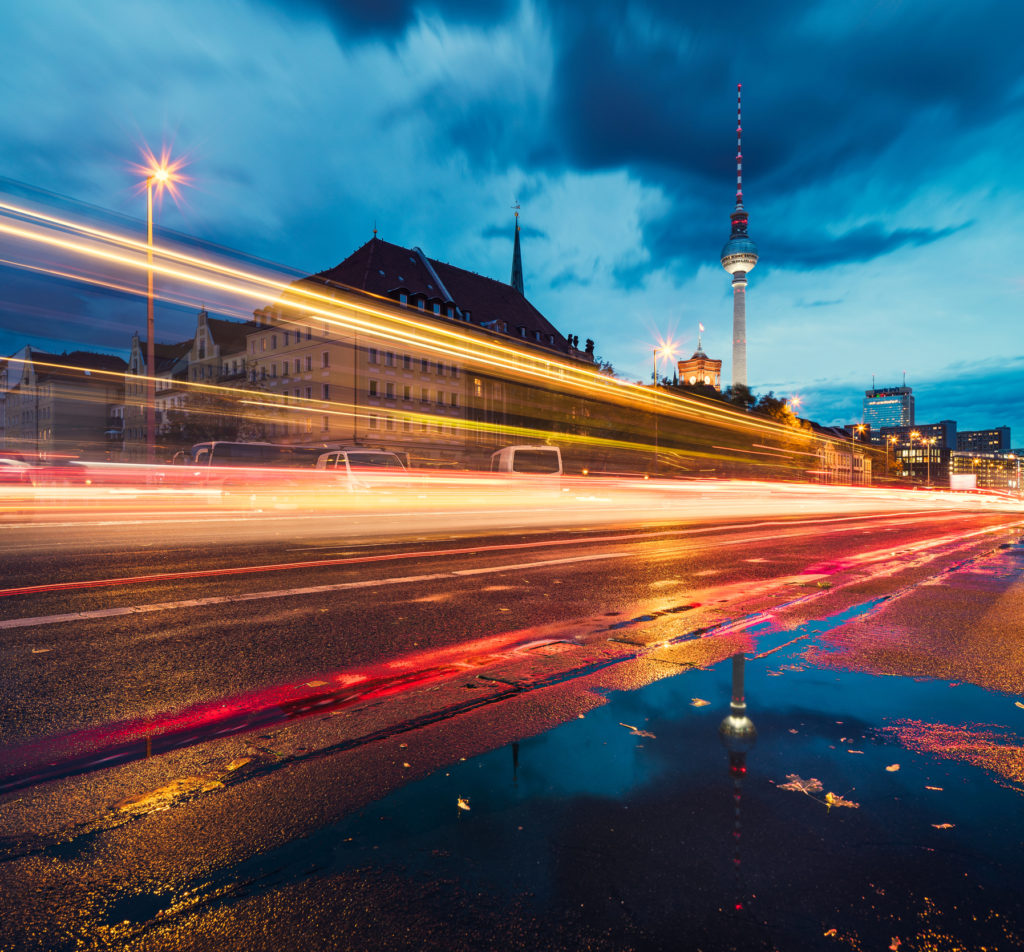Ireland climate plans reveal push for electrification
14 November 2021

The Irish government has unveiled its new climate action plan, with a focus on reducing emissions from the country’s transport network being key to its plans.
The Climate Action Plan 2021 provides a detailed plan for taking action to achieve a 51% reduction in overall greenhouse gas emissions by 2030. It also spearheads efforts for the country to reach net-zero emissions by 2050.
The plans will, the government states, put Ireland on a more sustainable path, create a cleaner, greener economy and society, protecting it from the consequences of climate change. It lists the actions needed to deliver climate targets and sets indicative ranges of emissions reductions for each sector of the economy.
Reducing emissions
Transport accounts for around 20% of the country’s greenhouse gas emissions. Road transport is responsible for 96% of this amount and is also directly responsible for a range of other dangerous air pollutants, such as nitrogen oxide (NOx) and particulate matter. As the population of Ireland continues to grow, reliance on mobility services and private-car usage will only increase.
‘Without significant changes in travel patterns, modal share, and technology, a growth in current transport activity and demand will further diminish our national competitiveness, quality of life, and decarbonisation goals,’ the report states.
Therefore, the government is aiming to increase the parc of electrically-chargeable vehicles (EVs) by 2030, with a focus on battery-electric vehicles (BEVs). By 2025, there should be 175,000 EVs on roads in the country, increasing to 845,000 by the end of the decade. By this time, there should also be 95,000 BEV-based light-commercial vehicles registered.
‘Subject to technological advances, it is expected that by the mid-2020s EVs (cars and vans) will reach total cost of ownership (TCO) parity with internal-combustion engine (ICE) vehicles,’ the report states. ‘This means that when the average consumer factors in both the up-front and running costs, an EV will be as economical to own as a petrol or diesel equivalent. However, until TCO parity is achieved, the higher cost of an EV will remain a significant barrier to uptake.’
This statement comes following recent announcements that the government will end its €2,500 incentive for plug-in hybrid electric vehicles (PHEVs) from 1 January 2022, as part of its 2022 budget. It will, however, provide €100 million over the course of 2022, which it claims is almost double the level of funding in 2021, to support the switch to EVs and improve the charging network.
Future planning
To achieve its aims of parc-electrification, the dedicated ‘Office of Low Emitting Vehicles’ will be established to act as a go-to for members of the public interested in purchasing or using an EV. The office will provide independent, non-sales advice and information on EVs, support test-driving experiences, commission research and assist in policy development.
There will also be continued support for the expansion of the EV-charging network and public investment to drive consumer confidence in the availability and reliability of public-charging infrastructure. The plan is to set a proper strategy for charging stations with a target to stay ahead of demand and ensure that the country’s electricity grid is ready to supply adequate capacity alongside the rapid transition to EVs.
ICE matters
Ireland announced in its 2019 climate plan that it would aim to ban the sale of ICE models by 2030. However, at the recent COP26 summit, the country signed an agreement to stop the retail of new fossil-fuel powered cars by 2040. However, it is likely that ICE vehicles will remain on Irish roads for many years to come, and therefore, targets need to be set to limit the damage they can do to the environment.
To meet its climate targets, Ireland needs to decrease the number of kilometres travelled by ICE cars by 10% from 2019 levels. Rather than cancelling trips, the government realises that to achieve this means reducing the need and length of certain journeys. Therefore, it will also look at urban-growth programmes to enable sustainable development.
Another measure to aid the reduction of emissions from ICE models is to amend the level of biomatter in fuels. By 2030, the blend proportion of biofuels will rise to B20 in diesel and E10 in petrol.



